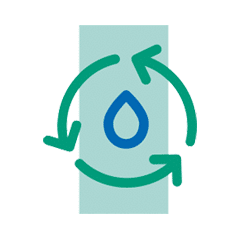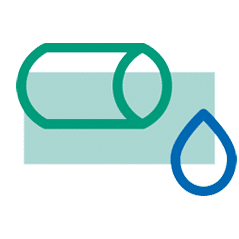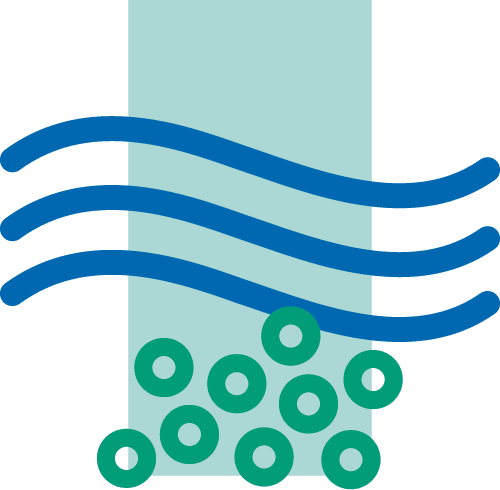Welcome to the Engine Room of the William A. Irvin! Please watch your step as you climb down the ladders or if you would rather stay up above feel free. Do not touch any of the levers or knobs as a lot of them are still active and could trip the breaker. If you have questions just raise your hand and I will do my best to answer.
The Irvin was built in 1937 by the American Ship Building Company in Lorain, Ohio and was owned by United States Steel as part of the Great Lakes Fleet and sailed for 40 years. It was retired in 1978 because it was
slow and small compared to boats that were built shortly after, some that are still on the Lakes today. Arthur Anderson (1952); Michipicoten (1952); Edward Ryerson (1959); Edmund Fitzgerald (1957).
The Irvin has a steam turbine engine with an automatic coal conveyor system to the boiler, that was one of the first of its kind. Instead of having staff to shovel coal into the boiler system, the conveyor belt made it more efficient and faster to keep the Irvin running. The coal drops to the boiler and creates steam that powers the turbine and reaches pressures of 430 pounds per square inch and a temperature of 750 degrees Fahrenheit. The Irvin burned 1 ton of coal per hour which created 2000 horsepower which made the Irvin go 11 miles an hour, which is slow, compared to the Vista which goes about 27 miles per hour. Other Lakers can go up to 15-20 miles per hour. When the Irvin was running at full steam, where we are now would be about 120 degrees on a summer day.
Behind us, you’ll see our electric generators that created 240 volts of direct current (DC) from when the Irvin first was built. Then they added Alternating Current (AC) to power newer technologies like radar, these are above us on the left.
You’ll be learning more about the efficiency of cargo and Great Lakes Shipping in another station with the Port Authority, but now you will be able to visualize what that actually means while being in the engine room.
The Irvin carried primarily iron ore and taconite which came to the Duluth Port from the Iron Range- Hibbing, Virginia, Eveleth mines on train, would get loaded on the boats and get shipped to where it needed to go. Detroit, Michigan, Ohio, etc. Fully loaded the Irvin could carry 14,000 tons, compared to 28,000 tons that ships can carry today. A 1000-footer can carry up to 70,000 tons. That same amount would take 3,044 trucks, and 584 train cars.















